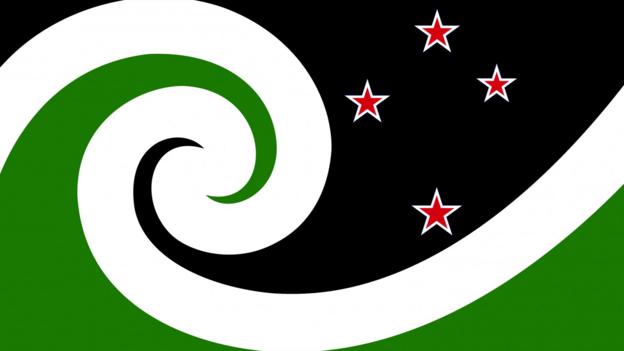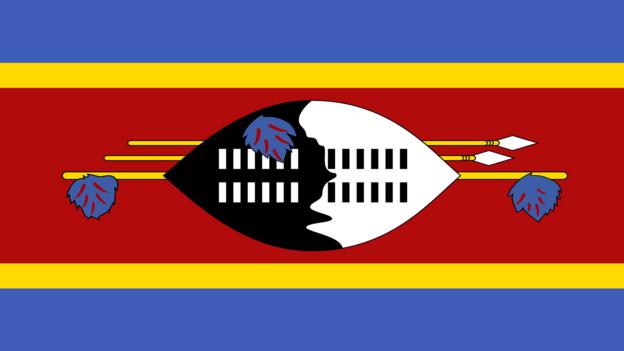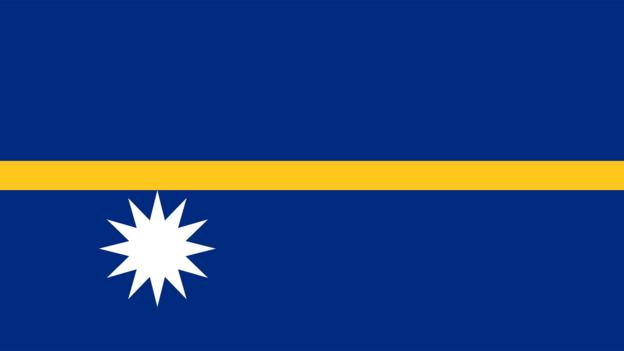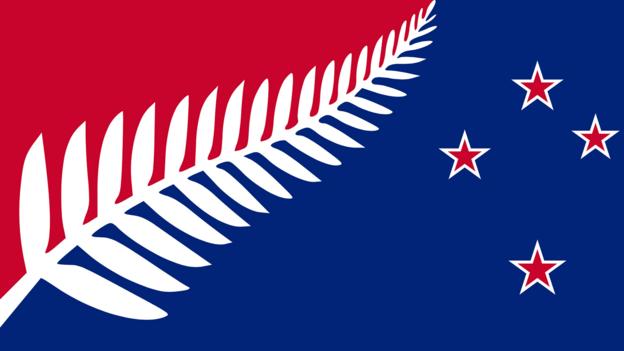Source: http://www.bbc.com/culture/story/20150714-what-do-...
As New Zealand prepares to change its flag, Phil Mercer examines how a country’s cultural identity can be represented by a single design.How can a country’s history, geography, culture, politics and religion be squeezed into one design?
Wars, revolutions, political unions and public competitions have shaped the colours and content of these most evocative of symbols. In the South Pacific, Fiji has promised its people a new national emblem free of its colonial past and New Zealand has launched a competition to find a banner that represents both its modern, multicultural identity and its rich indigenous heritage.
It is quite hard to represent an entire nation on a piece of cloth
The Kiwi public has until 16 July to submit its ideas to an independent panel, made up of prominent New Zealanders who will help decide what a new flag will look like. Its task is to choose what it considers to be the best four entrants, which will be the subject of a referendum in November. There will be a second binding vote early next year when the winner will go up against the current New Zealand flag, which features the old colonial British Union Jack on a blue background with four red stars symbolising the Southern Cross constellation.
Thousands of submissions have been made. Each one will be considered individually, before this long list is finally whittled down to the final four.
A nation of migrants
Among the designs submitted is the Koru Flag, a 1983 design by Austrian architect and artist Friedensreich Hundertwasser, who lived in the small South Pacific nation on and off from the 1970s until his death in 2000. His green-and-white design is based on the traditional Maori koru, a circular shape which represents an unfurling fern frond.
Austrian artist Friedensreich Hundertwasser’s 1983 Koru Flag reflects the culture he experienced in his adoptive country (Credit: Friedensreich Hundertwasser)
Mike Summerfield, one of almost 20 people who suggested the design, says Hundertwasser’s experience as a migrant is core to the Kiwi experience. On the government’s flag design submission website, he writes: “In terms of global history, everyone is a recent migrant to New Zealand. The Hundertwasser Koru Flag is tied in with a story of a migrant who made New Zealand home and gifted the nation with a design that reflected the culture he saw here.”
New Zealand artist and illustrator Otis Frizzell has also based his design on traditional Maori motifs. Frizzell has retained the stars of the Southern Cross on his bold submission, which is rooted in three main elements; the sky, land and sea, and is shaded in green, black and white.
Auckland artist and illustrator Otis Frizzell has based his New Zealand flag design on the Maori koru and the Southern Cross constellation (Credit: Otis Frizzell)
“The Southern Cross is the first thing you notice. It is what led everyone here right from the first settlers to the colonialists. It is the navigation point that got everyone here,” he explains. “The white of the flag represents the long white cloud and also the white peaks of the ocean. The green shapes at the bottom are our mountains and waves from the green ocean. That ‘screams’ New Zealand to me, anyway.
“It is sort of putting wrongs to right, and when I was a kid I didn’t know the difference between the New Zealand and Australian flag. I thought we had the same flag,” he says.
‘Simplicity is the key’
In September, Sydney will host the 26th International Congress of Vexillology, an event held every two years which attracts flag experts from all over the world. The chair of the Sydney organising committee is Ralph Kelly, who considers flags to be objects of art. His personal collection includes the royal standards of the German Kaiser and the Shah of Persia, along with the flag of Swaziland, which has a large shield that “just screams Africa and means something,” he says.
Swaziland’s shield-and-spear design is a favourite of Sydney vexillologist Ralph Kelly, who includes it in his personal collection (Credit: Government of Swaziland)
Some of the most ineffective designs try to do too much
“Some of the most ineffective designs try to do too much. The best approach is to work out the most important elements of a country that you are trying to represent,” he explains. “Simplicity is the key. The downside of that is you do have to give something up. That is why ultimately you are going to get something which pleases the majority but not everyone.”
However, some flags are considered more pleasing than others. One example is Canada’s 11-pointed red maple leaf – widely regarded as a vexillologist’s delight. It is simple, striking and immediately recognisable. Kelly believes it has been extremely effective in “reinforcing a national identity.”
Canada’s national flag – an 11-pointed leaf on a red-and-white background – is simple, striking and immediately recognisable (Credit: Government of Canada/George FG Stanley)
But it is not the symbol that represents one of the world’s biggest countries that pleases Kelly the most. It is the banner that flies over its smallest republic – a tiny island nation in South Pacific.
“My favourite flag is Nauru, which is a blue flag with a yellow line across the centre which marks the equator, and a large 13-point star which represents the historic clans of Nauru. It says ‘this is where I live in the world,” he says.
A yellow line across the centre of Nauru’s flag marks the equator, and a large 13-pointed star represents the tiny Pacific nation’s historic clans (Credit: Government of Nauru)
Defining a nation’s character
In New Zealand, the most common themes in the national flag consideration project are the silver fern and the kiwi, a flightless bird with a long bill.
A decade ago, architectural designer Kyle Lockwood won a flag competition in his local newspaper in the New Zealand capital, Wellington. With a few modifications, he has submitted the same design ahead of this November’s referendum that features a silver fern on one side and the Southern Cross on the other with vivid red, white and blue colouring. It has fans in high places – Lockwood’s creation is the preferred choice of Prime Minister John Key.
Architectural designer Kyle Lockwood’s silver fern flag design is the preferred choice of New Zealand’s prime minister (Credit: Kyle Lockwood)
“The Silver fern resonates with a lot of people in New Zealand. It has been our symbol since at least the 1880s. It is instantly identifiable by all generations of New Zealanders at home and abroad as our truly unique national symbol,” Lockwood tells BBC Culture.
“It is quite hard to get an entire nation represented on a piece of cloth. I do see it as a work of art and it is also something that should represent all of us.”
Ultimately, a flag should define the character of nation. It is no easy task, even in a proud country as small as New Zealand.
If you would like to comment on this story or anything else you have seen on BBC Culture, head over to our Facebook page or message us on Twitter.
Questions:
1. Here are national flags of all countries. Which one you think is the most impressive? Why? Please name some flags you like.
http://flagpedia.net/lists/gdp
2. Do you think we should change our national emblem? If you were the designer, what elements should we put into our national flag?








 留言列表
留言列表
